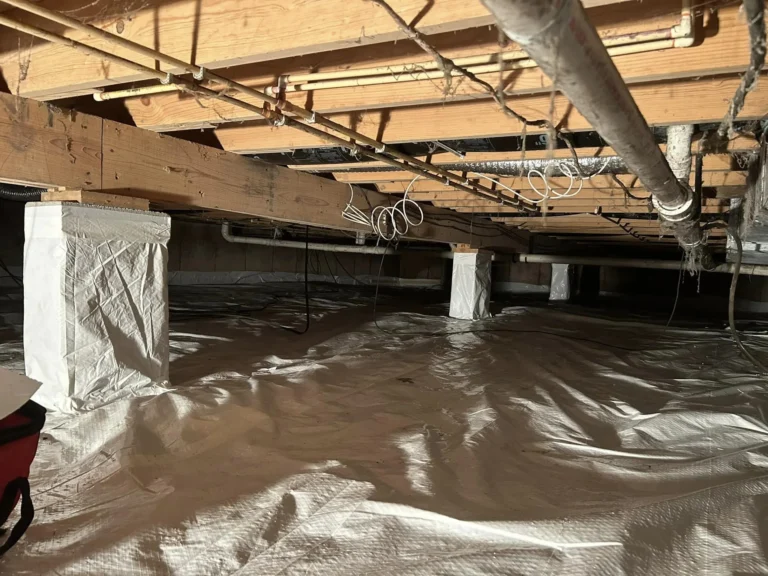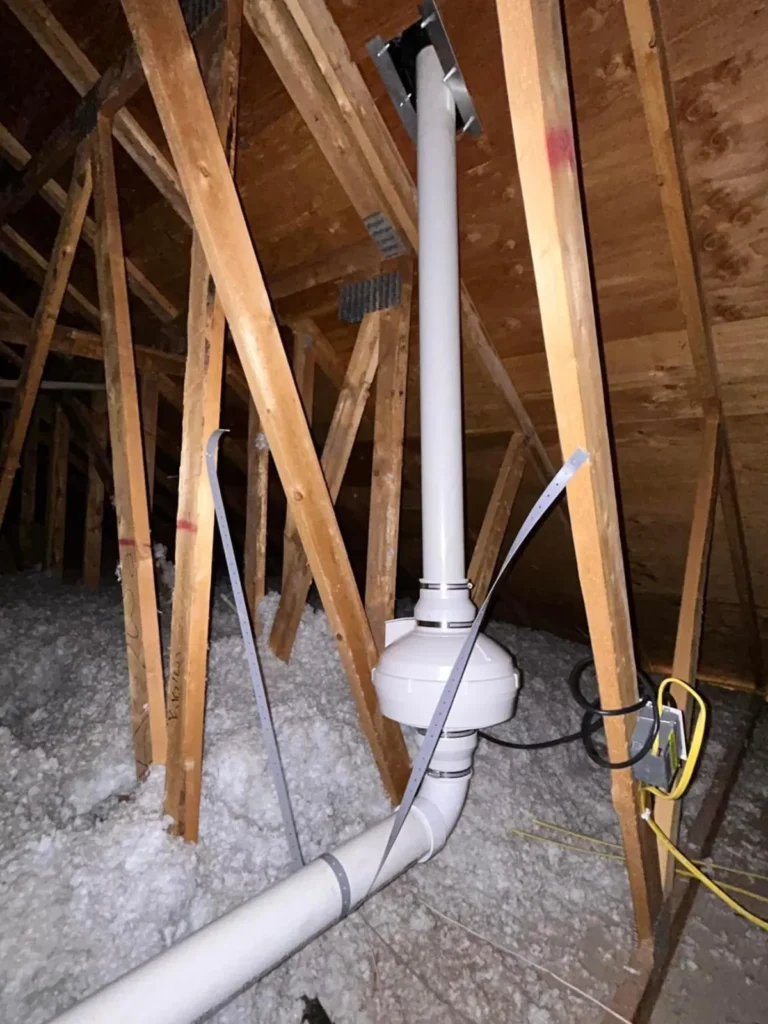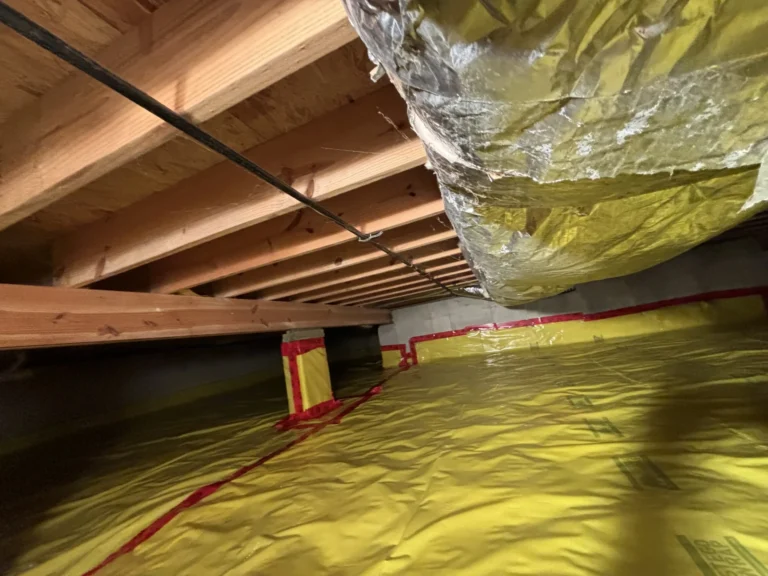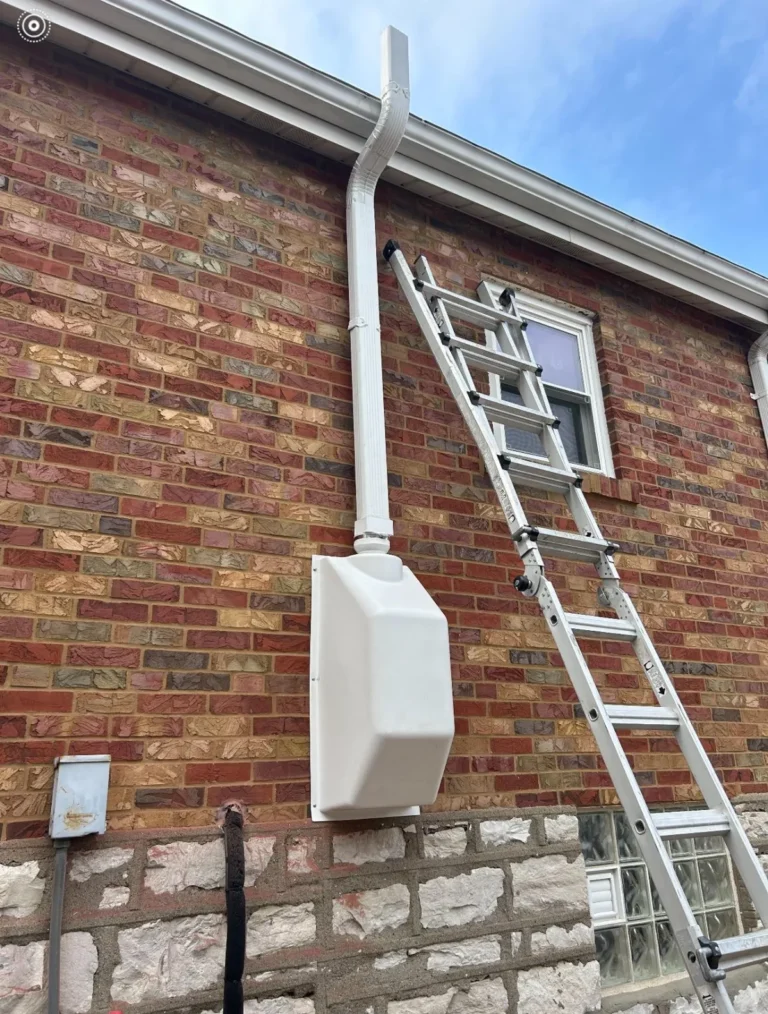Why You Should Monitor the Humidity Levels in Your Home? St. Louis Indoor Air Quality
Humidity is the level of moisture in the atmosphere and it plays a significant role in our lives. It affects our well-being the moment we step into a room as it influences our comfort, health, and even how long things last.
Beside that, however, indoor comfort depends on striking the right humidity balance. While relaxing on the couch or sleeping at home, moisture content in the air can make you feel better.
This post will go more in-depth about the subject matter and talk about why you need to always check your house’s humidity levels. Keep reading!

The Ideal Humidity Range
Human beings require some amount of moisture in the air for indoor comfort. However, if the air is extremely dry (lower than 30% RH), it may cause skin cracking or chapping, breathing issues and irritated eyes.
However, excess moisture (greater than 50% RH) gives the atmosphere a heavy and close feeling. Also, there are more allergies like mites and molds hence causing more health problems and discomforts.
But note that even though the ideal humidity ranges between 30-50% RH is generally good for human health personal preferences may differ. Some people love having little humidity while others prefer it slightly above average.
Other factors such as personal tolerance, location and specific health conditions also count. Hence one should be able to listen to her body especially when she has either dry lips or skin or respiratory irritations.
Problems Caused By Low & High Humidity
Discussing humidity is like talking about Blood Pressure; it can get too high or too low, and both are terrible. Let’s explore the problems they bring!
Problems Caused by Low Humidity
This has been mentioned before but low humidity that never goes above 30% may cause various problems affecting health and the environment in homes. These are:
- Breathing Problems: Dry air can make respiratory tract to become irritated causing symptoms such as sore throat, dry cough and nose bleeding. Furthermore, lack of moisture in the air can aggravate asthma and other respiratory diseases hence leading to difficult breathing for people.
- Damage to Furniture: It is important also to mention that low indoor humidity makes wooden surfaces like floorboards and furniture become dried out resulting in cracking. This drying destroys their visual appeal while with time this also compromises their robustness.
- Cold Spots: Additionally, an inadequate moisture level inside a house leads to cold spots occurring in many areas. When there is no humid air, it does not retain heat well due to an uneven temperature distribution making life less comfortable.
Therefore, acquiring a dehumidifier or at least having some water basin would be the best way of dealing with these problems. This will introduce dampness into the home thus improving its comfortability state among occupants.
Problems Caused by High Humidity
On the flip side, extreme humidity levels, generally over 50% also have their own great risks. These include:
- More Mold: One of the top concerns is how to limit conditions that are conducive for dust mites’ growth, production of molds and mildews. They can grow where there is dampness which in turn leads to such problems as allergies and others. Molds and mildews result in unsightly stains and unpleasant odors hence lowering indoor air quality.
- Property Damage: In addition to this, When humidity rises too much, it may damage household surfaces like paints or even wallpapers. All these can happen because of moisture that can cause paint to peel off or wallpaper to bubble or even detach from walls which will lead into expensive repairs as well as loss of its beauty. This may destroy the wall structure beneath with time thus necessitating more serious renovations.
In this situation de-humidifiers, a good ventilation system and prompt leak repairs are helpful in moderating indoor wetness levels. As a result, people will live healthier and comfortably.
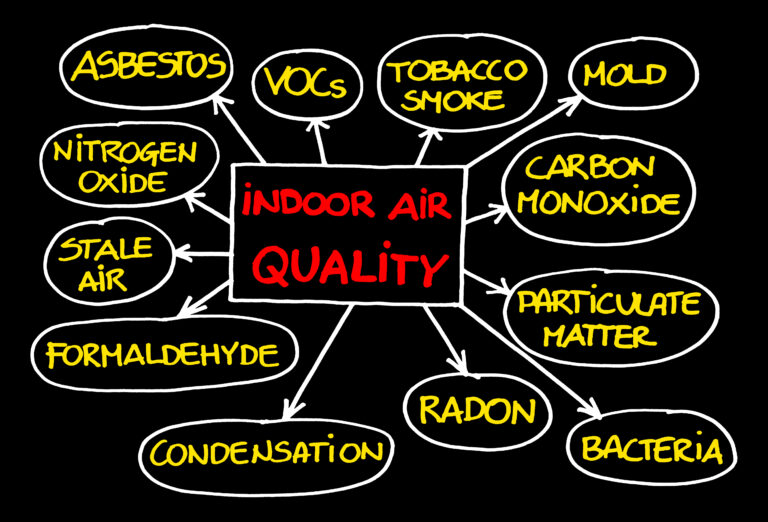
How to Test Home Humidity
We’ve talked about the ideal humidity range being 30% to 50%, but how do you test your home to see whether it really meets this standard? Fortunately, there are various methods!
Hygrometer
The hygrometer is a special kind of instrument that has been made purposely for measuring the relative humidity to a high degree of accuracy. These gadgets are found in the market as separate units or they can be part of the bigger weather stations which have temperature, barometric pressure and so on.
In contrast, compact and portable hygrometers are intended for standalone use; this implies that one can position them anywhere within a building to provide precise measurements. Other models also come with digital display screens for easy vision and data logging options used in keeping humidity levels over certain time intervals.
Moreover, there are some added features like alarms in certain hygrometers that will ring if humidity goes above limits set by people using them. Using a hygrometer does not require complexity: place it where you want to know how much moisture is in air and read what it shows – so you will see if you should purchase humidifier or dehumidifier for balanced indoor air humidity level.
Thermostat or Humidistat
Thermostats that have built-in humidistats measure and show humidity levels, as well as temperature, are very many in the market. This combination gives an easy way of monitoring indoor humidity where separate units are not necessary.
Smart thermostats like the Model 5200 IAQ Monitor can also monitor your indoor temperature and humidity and have the capacity to test air for toxic gases such as carbon monoxide.
However, for such, brilliant system HVAC operations can be programmed to take note of changes in relative air moisture content, thus triggering the humidifiers or dehumidifiers automatically.
Home Humidifier or Dehumidifier
Advanced home humidifiers and dehumidifiers with digital displays usually show the humidity levels within a given area. These appliances work by adding moisture to dry air using a humidifier, while others extract excess moisture out of damp environments using dehumidifiers.
For example, this appliance has a digital display that shows you how much the present humidity level is so that someone can adjust if needed. Still others come with automatic settings dictated by detected humidity levels.
Smart humidifiers and dehumidifiers can also be connected to home automation systems, allowing for remote monitoring and control via smartphone apps.
Quick Tips for Maintaining Optimal Humidity
Now that you understand the different aspects of humidity, including the signs, effects, and how to detect it properly, here’s how to main that humidity throughout the year.
- Humidification: Indoor air is very dry during dry seasons, especially in winter leading to discomfort and possibly health problems. In this case, place a humidifier in frequently used rooms and set it to keep humidity levels at 30% to 50%. The filter on the humidifier needs regular cleaning and filling so that there may not be growth of fungus or bacteria.
- Dehumidification: In basements, laundry rooms, as well as bathrooms, dehumidifiers are quite useful where humidity is higher. Make sure that the unit is set to maintain the relative humidity below 50%, while emptying the water reservoir regularly and performing its cleanup for better operation.
- Ventilation: Put up exhaust fans which will remove any extra moisture from your bathroom or kitchen when taking shower or cooking respectively. These attic fans should vent outside and not into attic space otherwise molds can start growing due to moisture accumulation.
- Regular Maintenance: You should have your HVAC systems checked regularly for proper functioning. Clean or replace air filters; check ductwork for leaks; and schedule professional maintenance at least once per year. Fix leaking plumbing or roofs immediately so that you don’t get problems with moisture.
Conclusion
Monitoring and maintaining indoor humidity levels is crucial for a healthy and comfortable living environment. High humidity can lead to mold growth, respiratory issues, and property damage, while low humidity can cause dry skin, respiratory discomfort, and damage to wooden furniture.
Therefore, take proactive steps, such as using the Model 5200 IAQ Monitor to monitor your home’s humidity and other factors. It can help keep humidity levels balanced and your home comfortable all year.
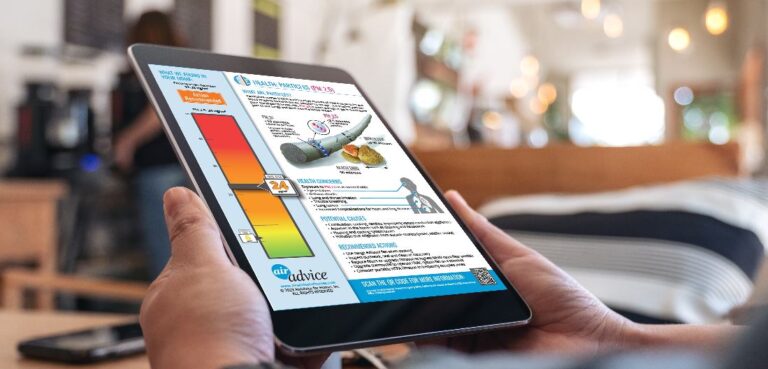
Interested In Indoor Air Quality Testing?
Don’t leave your home’s air quality to chance. Trust Air Sense Environmental to provide comprehensive indoor air quality assessments and solutions tailored to your needs. Our expert team is dedicated to ensuring your home is a safe, healthy, and comfortable place to live. Contact Air Sense Environmental today to schedule your indoor air quality evaluation and take the first step towards a breath of fresh air.

